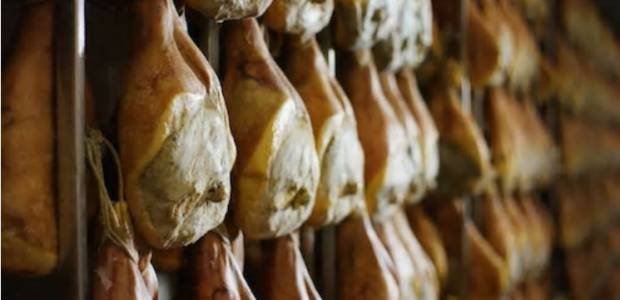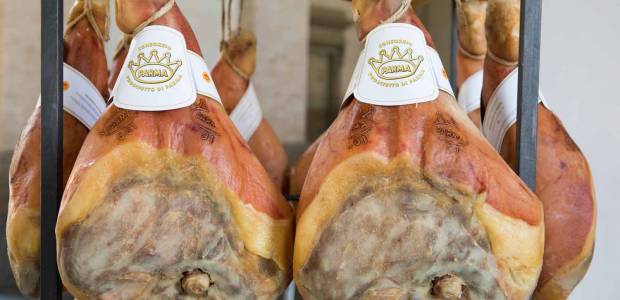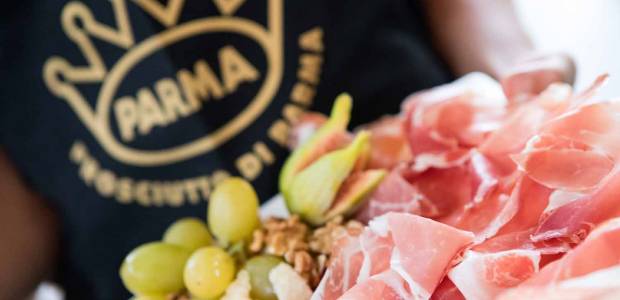Languages
The best ham in the world
During my work trips into the Emilia-Romagna region, I came across an old local delicatessen, and its sign read: “The best ham in the world”.
Immediate I thought: The raw Parma! For those who live in Emilia-Romagna, this is probably the first answer to the suggestion of the skilled shopkeeper.
Prosciutto di Parma is in fact a renowned product, and is produced in the so-called Terre matildiche, that is the geographical area that includes the territory of the province of Parma located south of the via Emilia and is delimited to the west by the stream Stirone and to the east by the river Enza.
This geographical area of production and processing of Prosciutto di Parma guarantees in fact all the climatic conditions necessary to obtain a natural seasoning able to generate this particular product.
Prosciutto di Parma has had connoisseurs in all ages. This food was already known in ancient Rome: its name almost certainly comes from the Latin perex suctum (literally: dried). At that time salt was one of the few known methods of preserving food. In the Po Valley the pork’s food use has always been very rooted and the first testimonies of salted pig thighs date back to an Etruscan settlement of the V century BC, but it was the Longobard domination that intensified the breeding and conservation of the pig.
The name “Prosciutto di Parma” was legally protected at national level since 1970, before being recognised as a PDO. There is a strict discipline that provides for and regulates every single aspect of the production chain: the feeding of pigs, the origin of the meat, up to the size of the thighs used for production. With reference to the geographical area of production, for example, the area limited by the specification is precisely that which allows the optimal environmental conditions to the seasoning that gives the typical and recognizable taste of Parma ham, allowing it to differentiate itself from other Italian PDO products such as San Daniele.
The specification contains the indications on the origin of the pigs to be slaughtered, which may come from different regions: Emilia-Romagna, Veneto, Lombardy, Piedmont, Molise, Umbria, Tuscany, Marche, Abruzzo and Lazio.
Every year, in the autumn in Langhirano, there is the “Festival of Prosciutto di Parma”, which allows you to know and taste the Prosciutto di Parma, proposed in its many seasonings, and to appreciate the beauties of the territory, that do not pass only by the view “but mainly from the taste”.
Usually a finished ham, ready for sale, weighs between 8 and 10 kilograms. This ham has a sweet and refined taste, intense but delicate. Its colour, when cut, is uniform, between the red and the pink, interspersed with the white colour of the fatty parts. Some doctors argue that the fat of the raw Parma should not be eliminated, but eaten in the whole slice… After all, I just have to go into the shop and order: “A sandwich with the best ham in the world!”.







